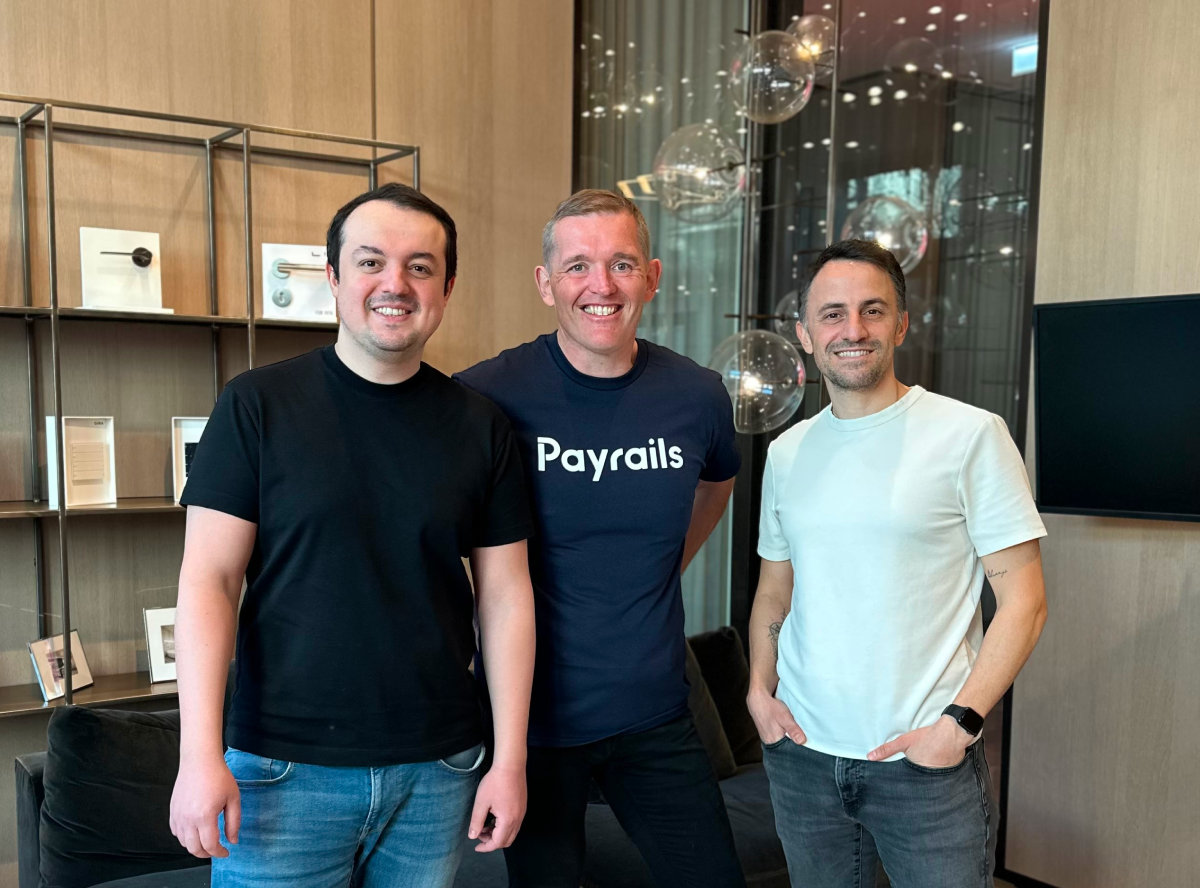We have been heads down building a great product with an incredible team, and I feel now is a good time to start sharing a bit more about our story and our views about payments.
Nico, Emre, and I met at Delivery Hero, the leading local delivery platform operating in over 70 countries. Our challenge was to find a way to unlock performance optimizations in payments while creating longer-term opportunities in terms of stored value products and embedded finance. The ultimate solution was an in-house built Global Fintech Platform powering payment acceptance, payouts, agnostic fraud prevention, native ledgers, and more. Before embarking on the path of building in-house, we have also spent a considerable amount of time understanding what the world where we buy instead of build would look like. More on that later.
In today’s world, payments go beyond just accepting card payments from your customer to having several touchpoints across functions (e.g. operations, finance, marketing) and applications (e.g. backend, CRM, billing). If you are operating a large-scale business internationally, any minor issue can lead to significant losses. All of this is somehow expected to run with no issues, which in fact requires serious investments into building efficient systems capable of handling the increasing complexity while capturing deviations from the standard path. As Simon Taylor nicely puts it, “Payments are easy, but the edge cases are hard”.
There are some factors playing into increasing the challenges of dealing with payments. From our experience, these usually come down to the following areas:
- Business models - marketplaces are always difficult. Composing transactions with funds from multiple sources, managing money movements with different participants involved (e.g. platform, riders, sellers), gracefully handling cancellations and refunds - and doing all of this while making sure you can ultimately reconcile everything, and automatically detect anomalies.
- Geographies - with increasing internationalization and the rise of default global businesses, businesses cannot afford not to localize customer experience with local payment methods, or tap into local acquiring partners to improve profit margins. This task becomes harder as the number of payment methods keeps growing. According to Credit Suisse, there are now over 500 alternative payment methods across the globe. For the global platforms operating hyper-local services (e.g. food, groceries) this topic becomes even more critical.
- Fragmentation of IT architectures - with more companies adopting microservices and the increase of SAAS solutions used by enterprises of any size, any particular operation requires connecting and updating the growing number of applications. A seemingly simple thing like a refund might also require adjusting the ledgers of suppliers, sending an update to the billing/ERP system, adjusting customer history in the CRM, and so on.
- Regulations - as digital platforms grow and start handling larger sums of money on behalf of 3rd parties, it increases the systemic risk for the wider ecosystem, which has driven additional regulations (say PSD2 in Europe) that sets certain ways of how merchants should manage funds, and which checks and balances are required.
We started building Payrails for tackling these complexities - building an advanced in-house solution to efficiently operate and scale payments is hard, and many businesses today have to make significant investments to get there. In certain cases, this might make sense. However, in most cases, it does not justify the investments vs. benefits, and many merchants are ending up building the same set of capabilities. Now imagine a future with a flexible, scalable, and resilient solution that just works. Add to that observability capabilities for complete and automated monitoring in real-time, and a set of tools for faster response during issues or gradual optimizations over time - it starts to look very exciting.
To sum it all up, we believe that:
- Integrating payment solutions is hard, but there is much more complexity beyond that while connecting payment events and data with a growing number of different internal and external applications
- There are many great teams and companies that are focusing on solving certain parts of problems in the value chain (e.g. processing, fraud, tokenization) and doing an amazing job. There is a lot of value in bringing these pieces together to solve merchant use cases end-to-end in a way that technically abstracts the complexity while giving full control of commercials
- Deterministic payment solutions with low flexibility that force merchants to interact with software in a limited way are great at solving generic issues (like adding a new card processor) but make it difficult to scale and capture more complex and merchant-specific business cases (like splitting payments in a marketplace) in a unified way within the same platform. This results in merchants partially leveraging these solutions and building additional capabilities around them, which ultimately ends up growing the complexity again.
At Payrails, we are excited about the flexible payment operating system we are building for high-growth global businesses to accept payments efficiently and streamline operations. We know most businesses are thinking about solving various pain points related to payments and would love to hear from you and share our learnings.









.png)